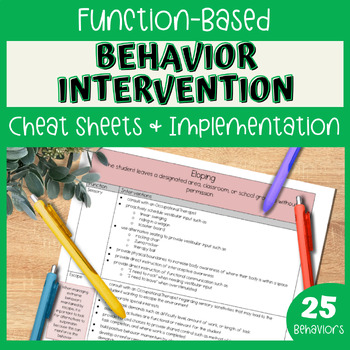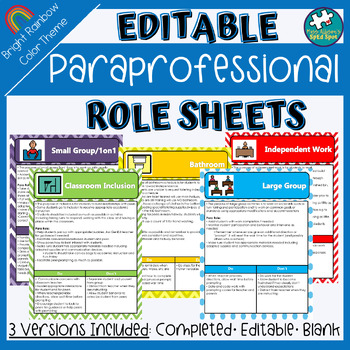
Comprehensive Literacy Instruction is essential in today's classrooms, including self-contained classrooms and cross-categorical resource rooms. In many cases, reading and writing instruction has fallen by the wayside for our most complex learners however the push toward implementing the Science of Reading in all classrooms emphasizes the need for a shift. ...

After all the talk about what students love during Valentine's Day activities, I always found a natural next step in my thematic units was to focus on feelings and emotions. Check out some of my favorite Emotions activities: ELA Ideas I first introduce feelings vocabulary. We use a variety of visuals including photos, icons, and even emojis. Next, we practice sorting emotions based on the vocabulary we've learned. These cut and paste worksheets are also included in my Feelings Thematic Unit . Then, we read stories to discuss each emotion in context. I love The Way I Feel by Janan Cain because it covers so many robust feeling words. I use the communication board from my Feelings Thematic Unit for students to participate. Another favorite feelings story is When Sophie Gets Angry-- Really, Really Angry by Molly Bang. I love this story for introducing the concept of coping strategies to my students. I love this story so much that I created an entire Picture Book Comm......

Last year I read a book that changed my entire outlook on teaching teaching to my students with significant disabilities and complex needs. Comprehensive Literacy for All: Teaching Students with Significant Disabilities to Read and Write by Karen Erickson Ph.D and David Koppenhaver Ph.D. is a MUST-READ for teachers in the self-contained classroom! It provides Science of Reading research specific to our students with significant disabilities and provides some practical guidance. ...

The holiday season is my absolute favorite time of year outside and inside of the classroom! My students and I always have so much fun celebrating the holidays. And the first holiday to kick things off will be here before we know it! Keep reading to learn more about how I celebrate Thanksgiving in my special education classroom....

In my classroom, I used Unique Learning System for a majority of my curriculum. However, I found that I often wanted to supplement the stories with rich, authentic picture books. So my Picture Book Communication and Comprehension Supports units were born! ...

The holiday season is a magical time in any classroom, but it can be especially meaningful in a special education setting. Planning December activities in special education means blending festive fun with functional learning goals. Whether you're looking for winter-themed academic tasks tailored to IEP goals, holiday crafts for family gifts, or fun classroom games for the busy season, December offers endless opportunities to engage your students in creative, structured, and joyful ways....

December is my favorite month in the classroom. Yes, I admit it can be a bit chaotic with the holiday parties and overall excitement but it is a lot of fun and there are so many fun themes that we do each year. Each year, I start with our gingerbread theme. Below are my favorite gingerbread activity ideas from my special education classroom. ...

I love October!! It is my favorite month. Fall is here 🍂, decorations are up🎃, and it's my birthday month 🎂! October is also a fun time in the classroom. Each year we take a field trip to a farm for a petting zoo, pumpkin patch, and hayride! It is a great way to kick off the month. It is one of my favorite months for our thematic units too. We finish our Apples Unit from September, then go into Fall & Leaves, and end the month with Halloween of course! Click to find this unit in my TPT store! Click to find this unit in my TPT store! My favorite books for Halloween are Big Pumpkin and The Little Old Lady Who Was Not Afraid of Anything. One year on our hayride at the farm they did a "spooky storytime" and did the Little Old Lady with props. It was SO MUCH FUN! And was a great way to get the kids engaged. Click to find this book unit in my TPT store! Click to find this book unit in my TPT store! Some fun Halloween crafts we have done was a group pumpkin pinat......
Subscribe to:
Comments (Atom)






